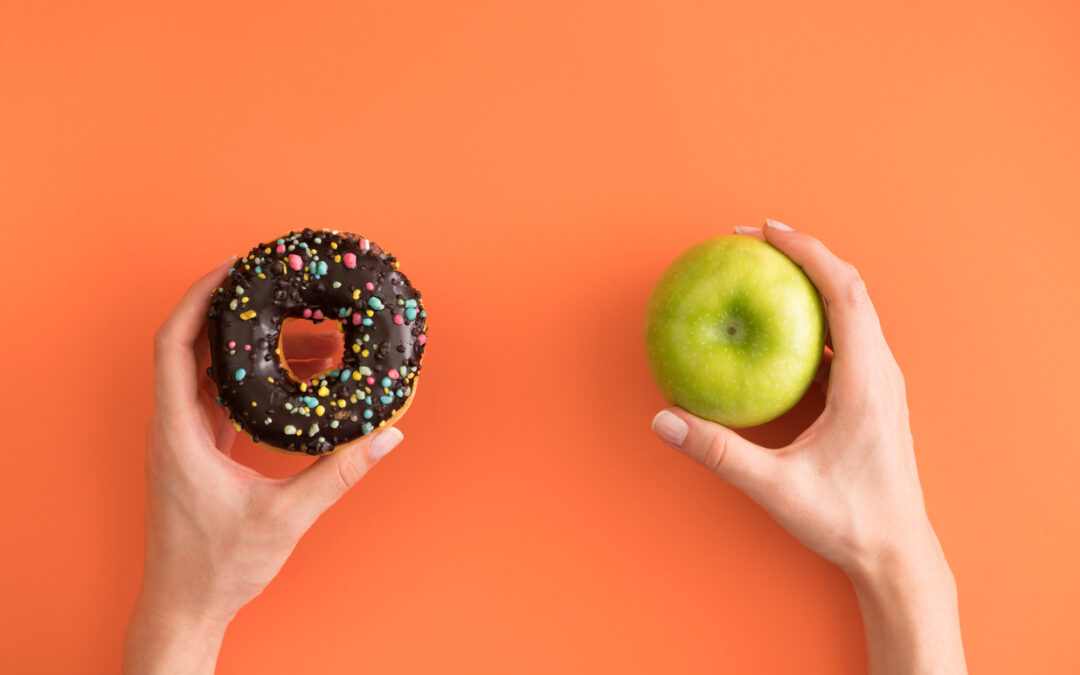Every diet has specific foods you can and cannot eat, but in most of the diets, fruits and vegetables are almost always allowed. While there may be certain types of fruits or veggies that you can’t eat, for the most part, they are usually recommended and for good reason! Fruits and veggies are some of the best things we can put into our body to fuel ourselves and provide nutrition throughout the day. In this post, we are going to discuss the benefits of adding fruits and vegetables in your diet, as well as discuss portion size and how to decide which ones are best for you! test
Benefits of Fruit and Veggies
As we mentioned above, there are plenty of health benefits to eating fruits and veggies. If you aren’t getting your daily intake, there is a chance you may be missing out! Here are a few things that adding fruits and vegetables into your diet can do.
- Fruits and vegetables have Vitamins A, C, and E
Each type of vitamin has a different job when it comes to helping the body function, but they can help your body resist infections, keep nerves healthy, and even help your body get energy from food!
- Help reduce obesity
Eating fruits and vegetables help reduce obesity because they are full of nutrients and are low in calories. This means that you can eat more of them without having the added calories to go with it. They can also make you feel fuller, so you won’t eat as much or get as hungry throughout the day.
- Lower cholesterol
Beans, a type of vegetable called a legume, can help lower cholesterol and are rich in soluble fibers. Apples, grapes, and citrus fruits are rich in pectin, which helps lower your LDL levels.
- Lower blood pressure
Some fruits and veggies have what is called potassium, and potassium helps counteract the effects of salt. As we know, salt can be a large factor in high blood pressure, and incorporating potassium in your diet helps regulate your blood pressure by enabling the body to excrete excess sodium.
Fruit and Vegetable Serving Sizes
Now that we know why you should be adding fruits and veggies in your diet, lets take a look at how much you should be incorporating. When it comes to vegetables, the recommend daily amount for an adult is 2-3 cups. For fruit, it is a little less, and your daily intake should be 1.5-2 cups each day.
While it doesn’t seem like a lot, make sure you are measuring out your portions each day and double checking your intake. It will take a little more time out of your day to measure your portions, but nothing is more important than your health and making sure you’re taking care of your body.
How to Choose Your Fruits and Veggies
Alright, we’ve talked about the benefits of fruits and veggies, as well as how much to eat. Let’s discuss now where you can get great produce and how to choose which fruits and vegetables you want to eat!
- Eat what you like
Most importantly, find fruits and vegetables you enjoy eating! If you aren’t enjoying what you eat, it will be difficult to make it a healthy habit. Start with some of the favorites, like strawberries, bananas, carrots, and celery. If you’re really struggling to find something you like, look for online recipes on different ways to cook it. For example, grilling zucchini will give it a different flavor than if you throw it in the oven.
- Mix Them in Your Favorite Foods
Parents know this trick all too well. If you have someone in the household who doesn’t like certain foods, try mixing them in with some of your favorite foods! Instead of making a pizza with regular dough, try making it with a cauliflower crust. And the new trend that is hitting a lot of home kitchens are zoodles. This is when zucchini noodles are swapped in for regular pasta noodles.
- Find in season
A lot of times, fruits and veggies have specific seasons where they taste the best. Things like cantaloupe enjoy a peak season from June-August, making them a perfect summer snack. Where as things like brussels sprouts and kale enjoy a peak season in the colder months, such as January and February.
- Look for Local Farmers Markets
If eating healthy is causing you to spend more money, try hitting up a local farmers market. There are almost always fresh veggies and fruits available, and at a price that regular stores and grocery stores can’t beat. This also helps get you walking around outside, enjoying the day, and adding steps to your fitness tracker!
Options Medical Weight Loss Clinic is dedicated to helping people fulfill their weight loss journeys. If you’re finding it difficult to eat healthy and stick to your own plan, request a free consultation with one of our clinics and get the support you need. With services that includes weight loss pills, one-on-one counseling, and personalized diet plans, we will find what works for you!

